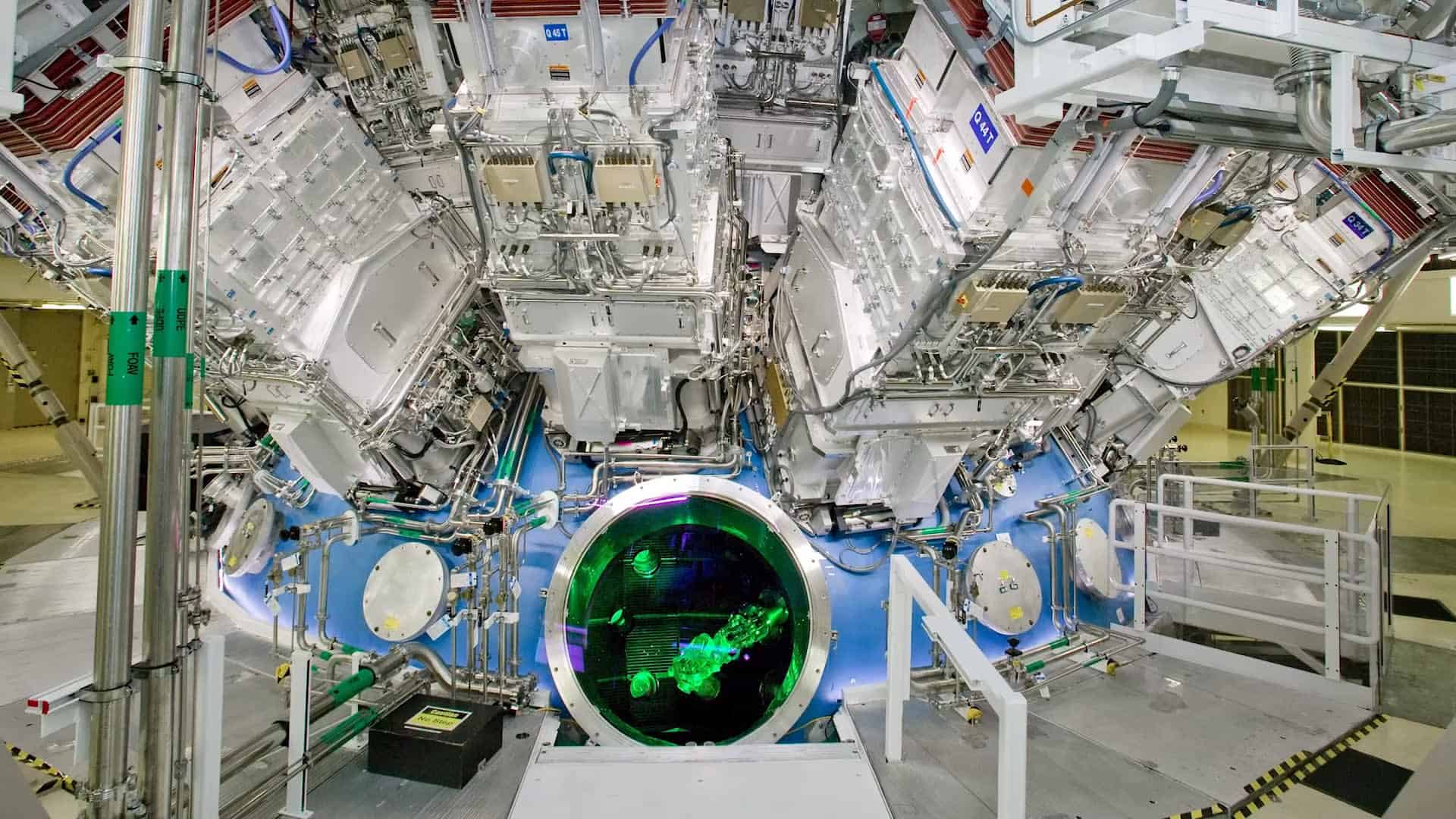Theoretical physicist Michio Kaku lauded a recent nuclear fusion experiment at Lawrence Livermore National Laboratory.
“This is a giant step toward the holy grail of energy research,” said Kaku, professor of theoretical physics at the City College and City University of New York. “To hit break-even, to extract more energy than you put in, and this could eventually become a game-changer.”
The Lawrence Livermore National Laboratory announced a key achievement in nuclear fusion that it had, back on Aug. 8, been able to produce 1.3 megajoules of energy at its National Ignition Facility, albeit very briefly. Kaku told CNBC’s “The News with Shepard Smith” that the achievement was a giant step towards clean energy.
“A fusion reactor is carbon neutral, it does not create carbon dioxide, it does not create copious quantities of nuclear waste that you find in fission plants with uranium, it does not melt down,” said the author of “The God Equation: The Quest for a Theory of Everything.” “The fuel is sea water, hydrogen from seawater could be the basic fuel.”
Fusion, the lesser known and opposite reaction to nuclear fission, is when two atoms slam together to form a heavier atom and release energy. It is the way the sun makes energy.
Kaku explained some of the drawbacks to nuclear fusion and why it’s not currently an easily accessible source of energy.
“It turns out that when you heat hydrogen to tens of millions of degrees Fahrenheit, the temperature of the sun, things become unstable, and that’s why this reaction took place over a hundred trillionth of a second, just a snap of the finger, so in other words, we want to have a continuous stream of energy, not bursts of energy, like we found here,” Kaku said.

